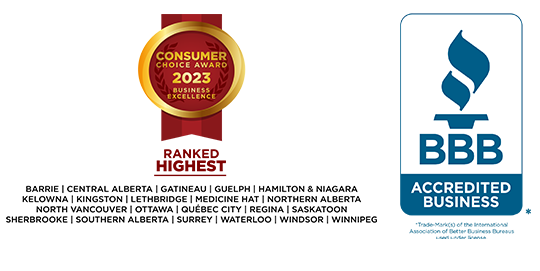How To Scale Back Your Life And Better Manage Your Debt
Low interest rates and readily available credit have caught a lot of consumers in the trap of the ‘have now pay later’ trend. In fact, Canadian consumers are already spending 163% of their income. Low interest rates have made borrowing more attractive than ever. Currently, over 60% of our borrowings are for mortgages. This combination of high borrowings and low rates makes for a very vulnerable consumer. If interest rates increase even slightly we will see many consumers unable to service their debt payments.
Here are some suggestions to help you scale back your life, better manage your debt and avoid being vulnerable to financial distress should we see an increase in the cost of borrowing:
- Budgeting
- Keep every receipt
- Record every expense in a notebook, software program or electronic device
- Review bank and credit card statements
- Do this for at least three months
- Make a list of irregular expenses (gifts, donations, car or home repairs, vacations, etc.)
- Be sure to include savings for annual expenses as part of your budget (Christmas, holidays, birthdays, etc.) rather than paying for these expenses with credit
- Total your expenses at the end of the month
- Consider ways to decrease spending and reduce your cost of living
- Review your bills
- Negotiate better plans whenever possible
- Reduce banking costs
- Compare phone plans from other providers
- Save on food expenses by comparing brands and product costs
- Cut your car costs
- Consider owning versus renting a home
- Be aware of why you spend
- Learn the difference between wants and needs
- Reduce impulse buying
- Once you’ve got a handle on your budget it is time to focus on paying down debt
- Maintain minimum payments on all debts
- Increase payment to more than the minimum on the debt with the highest interest rate
- Pay down the highest rate credit cards / debts first
- Once you’ve paid the highest rate debt, take the money you were paying on that debt and add it to the payment you are making on the next highest interest rate debt
- Continue paying off debts and adding the payments to the next highest rate debt until all debts are paid in full
- Look at ways to increase income (2nd job, working overtime, etc.)
- Consider selling non-essential assets to pay debts
Other tips to help manage your debt:
- Be wary of the contracts you sign
- Seek credit counselling help
- Consider asking for help from family and friends
- Try to negotiate with creditors - get written agreements
- Shop around for better mortgage rates (consider using a mortgage broker)
- Restructure home mortgage to access equity in your house to pay down unsecured debts
Scaling back spending, making a budget and putting your action plan to work immediately, will help you better manage your debt and before you know it, you’ll be debt free. For more information on how to manage your debts and scale back spending contact your local MNP Licensed Insolvency Trustee for a free, no-obligation consultation.

